The Picasso Museum and its Connection to Barcelona
- isabellawagner8
- May 11, 2022
- 4 min read
By: Isabella Wagner
The city of Barcelona has been a source of inspiration for artists worldwide. This art can be seen in museums and art galleries and through the city’s street art, architecture, and sculptures. Every corner you turn has a different story, a huge reason why Barcelona is highly recognized for its various forms of art throughout the city. Spanish art has created many famous artists, like the well-known Pablo Picasso.
Picasso's Background
Born in 1881 in Málaga, Spain, Spanish artist Pablo Ruiz Picasso first showed interest in drawing and art because of his father's influence, a teacher at San Telmo Fine Arts and Crafts School. Picasso and his family moved to Barcelona a few years after he was born where he attended school and began his journey through developing his artistic side. In 1904, Picasso moved to Paris while still donating weekly works to the city and helping organize various exhibitions.
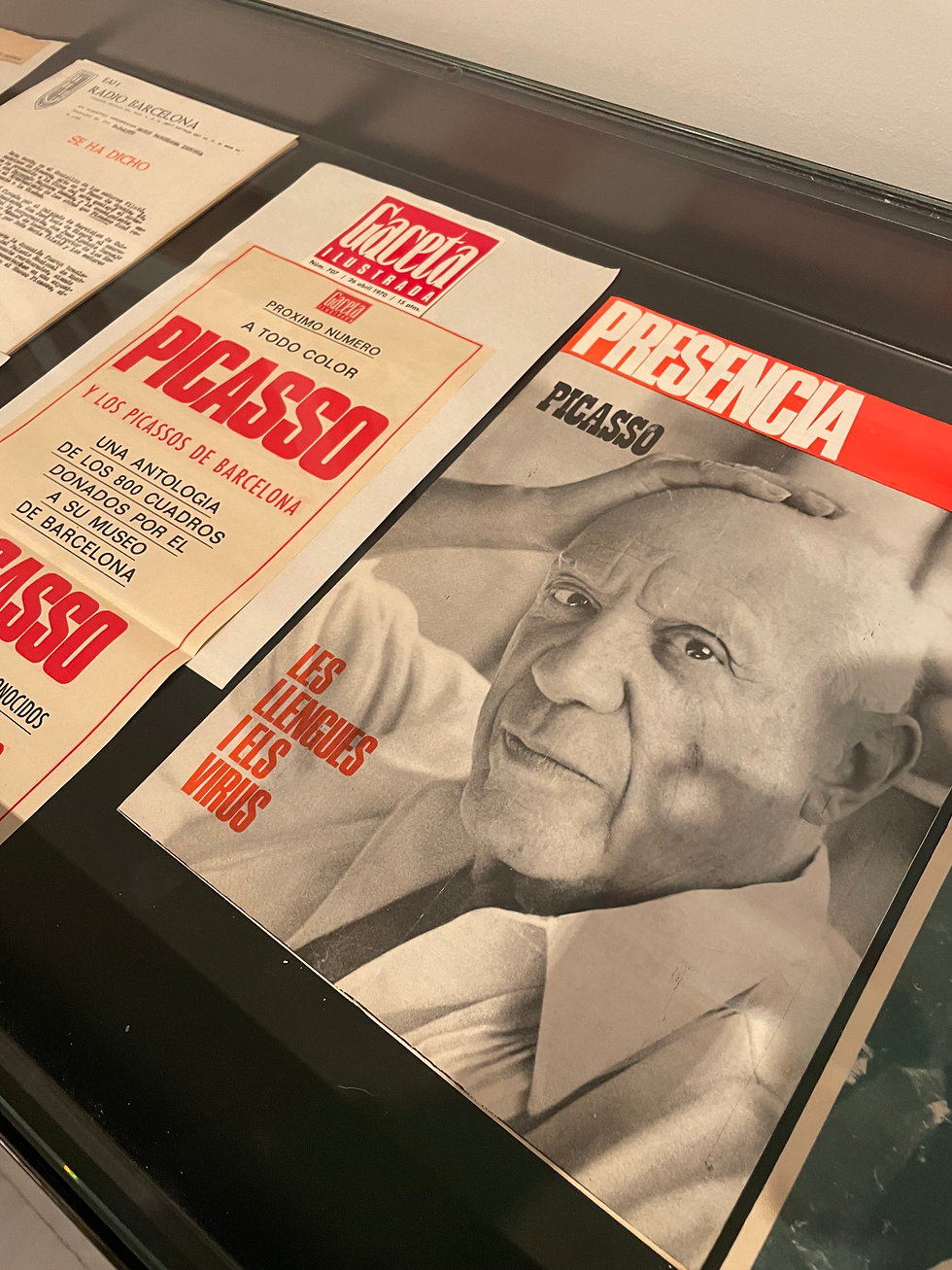
Picasso’s friend and secretary, Jaume Sabartés was the one who proposed the idea of building a museum dedicated to Picasso to the Barcelona City Council. On July 27, 1960, the Museu Picasso was founded.
In 1968, Sabartés died and in honor of his dear friend, Picasso donated a variety of canvases in his name, especially those he painted of Sabartés. Some were painted or drawn in both oils and crayons.
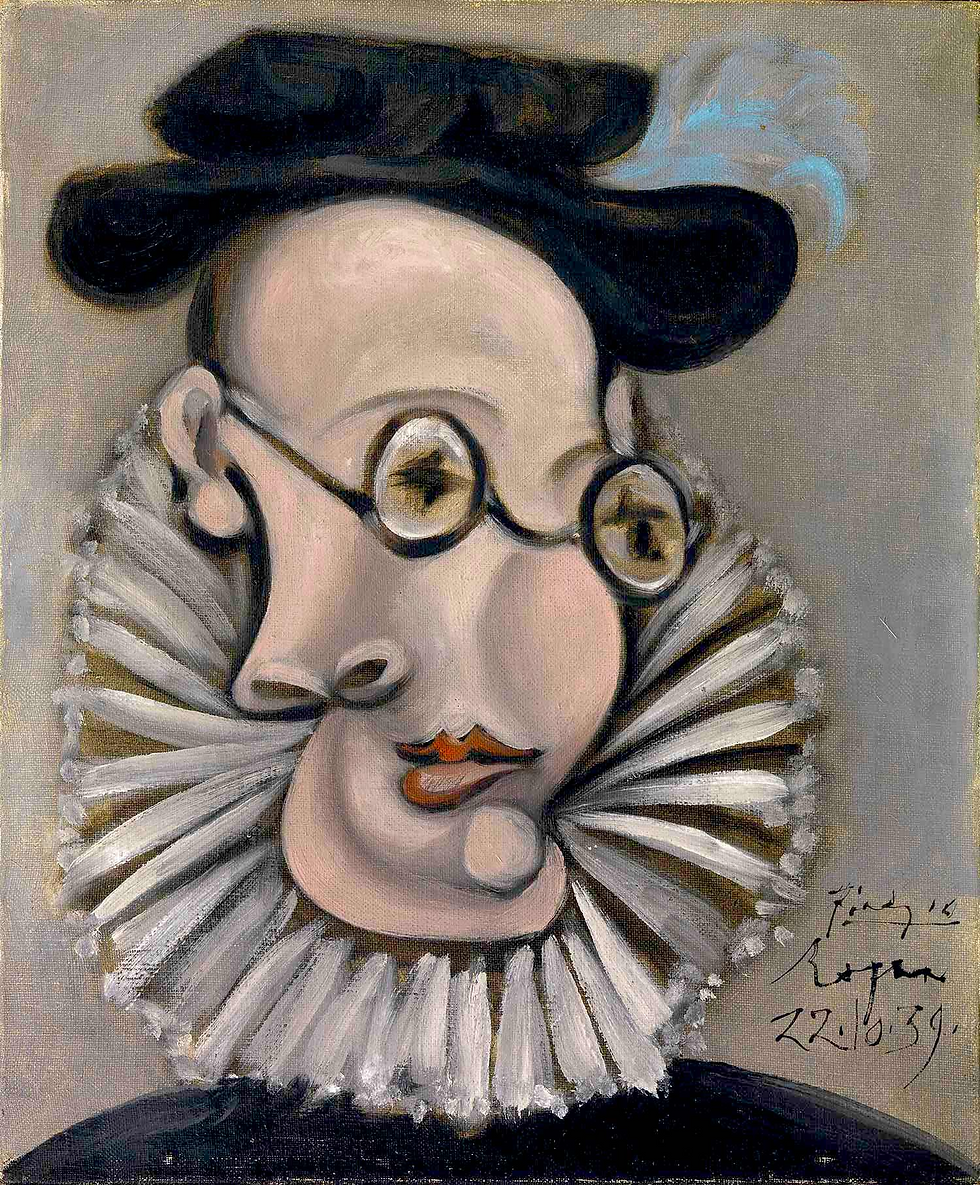
Inside the Museum
With over 4,000 works in the collection, the Picasso Museum is an important landmark in the city of Barcelona, where you can find the world’s biggest collection of Picasso’s works.
"I have heard the name Picasso name and seen pictures of his very famous works, so I had to visit the museum and I am very glad I did," said an American woman exiting the museum. She enjoyed reading about his story and carefully interpreting different pieces hanging on the wall.

Different Forms of Art
Throughout his adolescence, Pablo practiced different types of art including oil paintings, sculptures and portrait or landscape paintings. He was mostly known for founding Cubism, objects or shapes that are broken up and reassembled in an abstract form, and College Art, a form of novelty art. He also founded and used Synthetic Cubism which uses different materials like paper to reveal a hint of reality in a distorted way.
Picasso created Cubism as a way to defy conventional forms of art. Since Cubism has to do with how we perceive the world around us, it focuses more on how we see something rather than what the artist was trying to paint.
"I believe these Cubism pieces are my favorite from everything Pablo has painted," said a Spanish woman who loves visiting art museums. She loves to stand for a few minutes and not only ponder on how the painting should be perceived but she pretends to put her head in Pablo's and imagine how he perceived it and why he chose to paint in such an impactful yet intricate way.
She explained how she didn't have a favorite piece and stated "these pieces are not just colors on a canvas but a story, which is why I take my time at museums and figure out the story behind everything single painting and room."
Picasso’s early work can be categorized into four periods. The first was the Blue Period from 1901-1904, the Rose Period from 1905 to 1907, the African-influences Period from 1908 to 1909 and Cubism from 1909 to 1919.
The Blue Period consists of gloomy pieces using different shades of blue and blue-green. The Rose Period uses more pinks and oranges for a brighter look. The African-Influenced Period took features from African sculptures. Lastly, this led to Picasso’s most well-known period the Cubist Period.
Picasso used a few other styles into neoclassical in the 20s and combined and expressed his own style in some pieces as well.
Museum Information
The museum is located at 15-23 Carrer Montcada in Barcelona. The nearest metro stations are Arc de Triomf (L1 Red Line) and Jaume I (L4 Yellow Line). The museum is also located right next to the well-known Gothic Quarter.
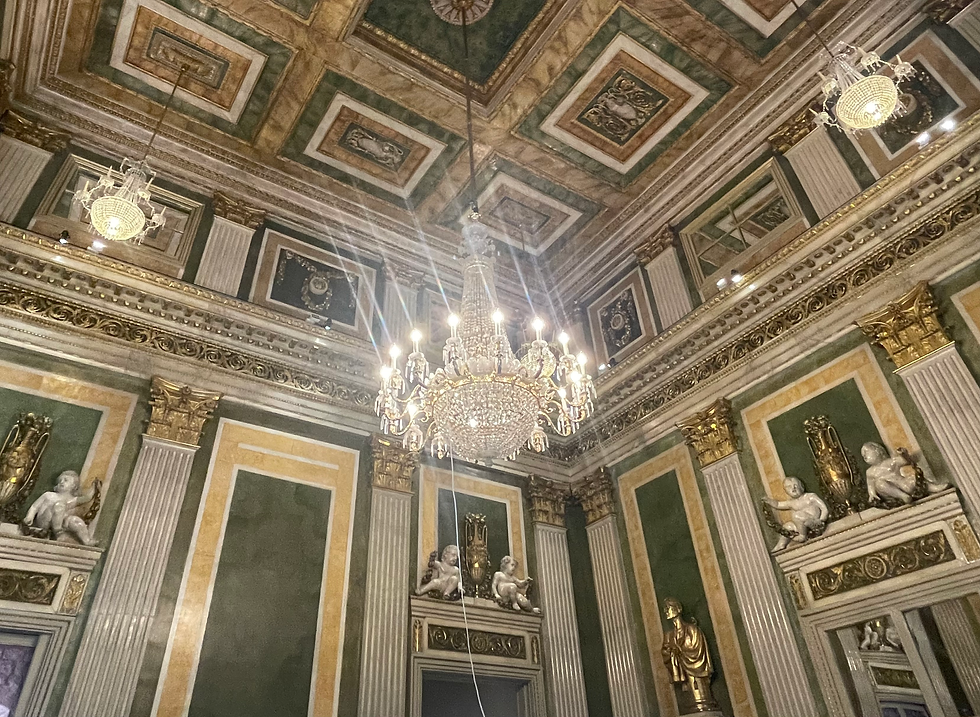
The hours include Tuesday through Sunday from 10 a.m. to 7 p.m. The museum offers free entrance on Thursday afternoons from 4 p.m. to 7 p.m. Free entrance is also offered on the first Sunday of every month. This includes holidays as well.
Tickets can be bought online or at the ticket stand upon arrival. Adult tickets cost €12, ages 18-24, students and ages 65+ cost €7 and free for those under 18 years of age. Audio guides can also be purchased for an additional amount of €5 which describe 51 works of art throughout the museum.
When purchasing a ticket, it is recommended to purchase before arriving to skip long lines. Large bags and items are not allowed inside the museum, so lockers can be rented using a €1 coin that will be returned to you after unlocking. The museum also offers a gift shop at the exit of the whole tour inside.
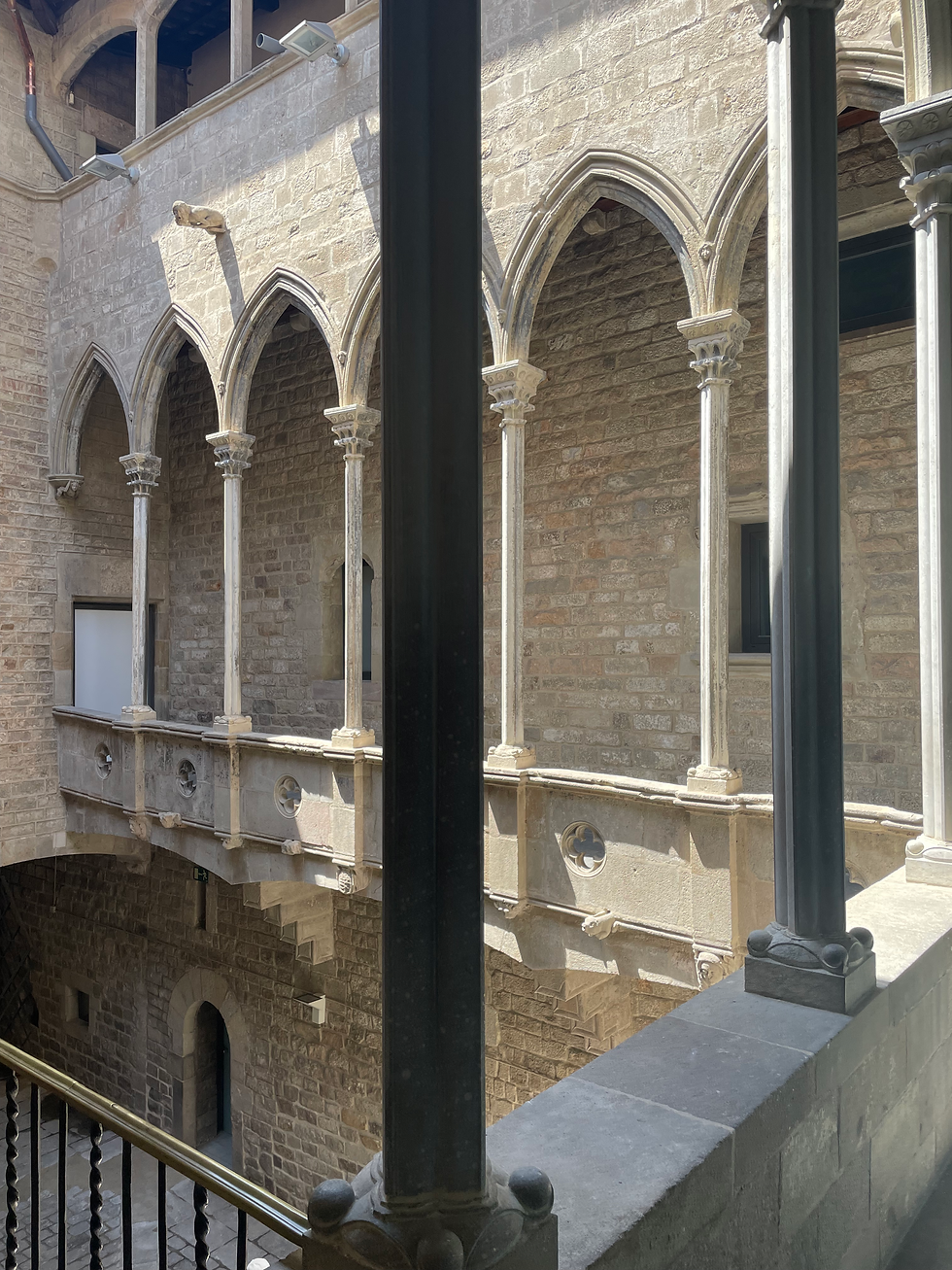
In 1945, Picasso was asked the following question by a reporter: “Why do you paint in such a way that your expression is so difficult for the public to understand?” Picasso then replied, “I paint this way because here is the result of my thoughts. I have worked for years to get there, and if I take a step backward, it would be an insult to the public as it is the result of my reflections. I cannot make use of a common method simply in order to have the satisfaction of being understood.”
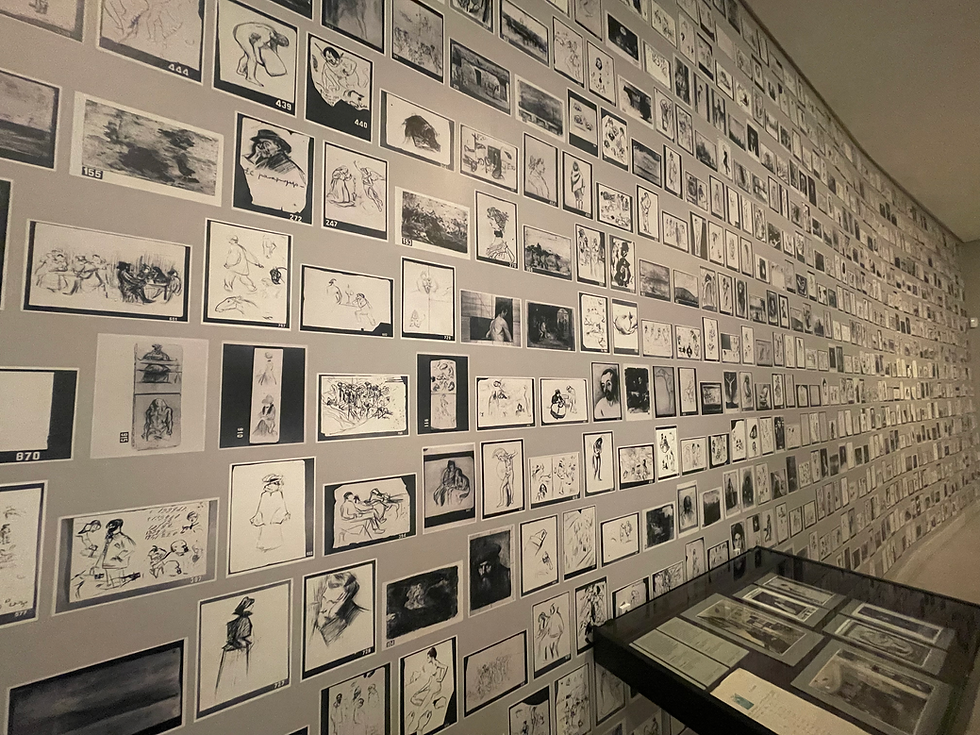
Even if you are not the biggest art lover or museum-goer, there are plenty of photo opportunities throughout the building. Simply viewing the different forms of painting can help you gain a love for art and the story behind every piece.
There are such prominent feelings of history and emotion when walking throughout the museum, something you don't get to see or feel every day. It makes you realize the importance of time, art, history and age which is why no one can pass up this amazing experience.
.











Comments